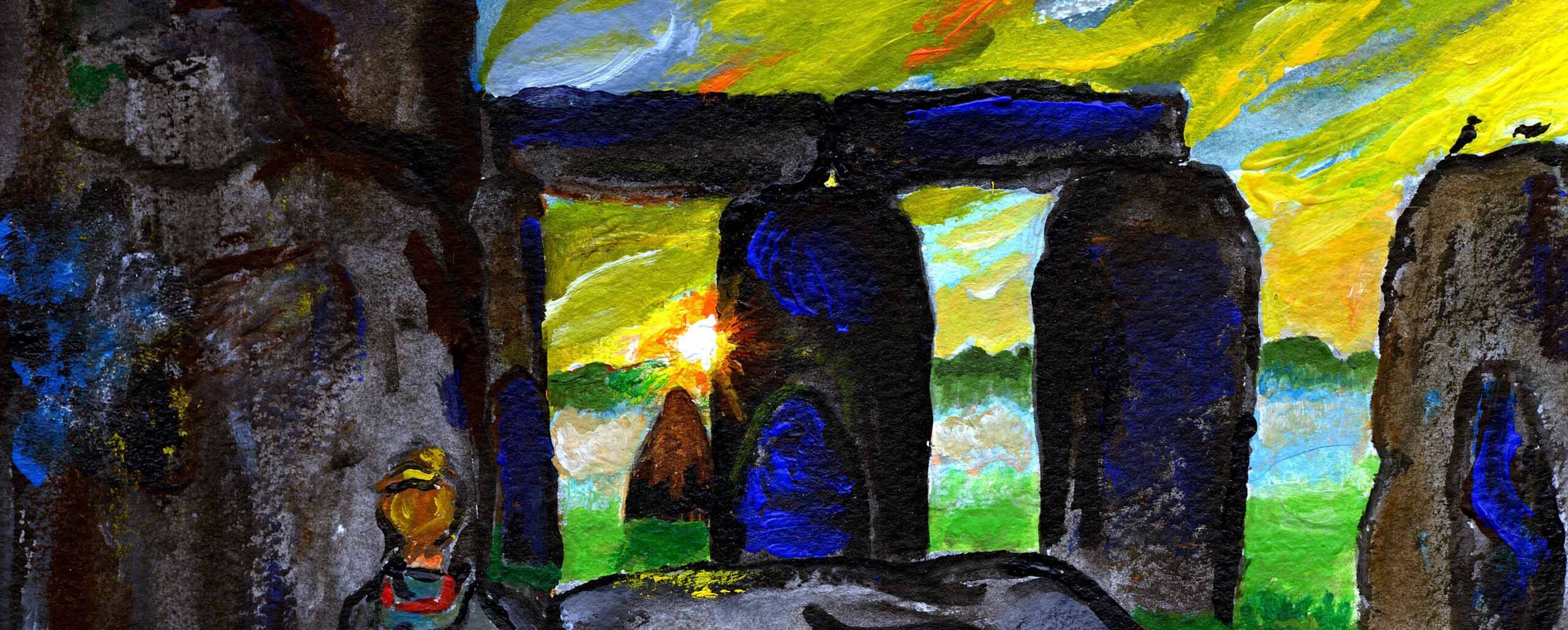The two brightest planets will be less than two degrees apart in the night of November 23-24, Saturday-Sunday.

See the end note about enlarging illustrations.
This is the sky scene on the evening before. The moment when the planets appear nearest to each other (the appulse) is half a day later, 13 Universal Time, which is in the night for America, after the planets have set, and is in daylight for Europe.
The arrows through the moving bodies – planets and Sun – show their movement over a span of five days, against the starry background.
At the time of this conjunction, the two planets are at an elongation of 26° from the Sun, and are 1.41° apart. Venus’s magnitude is -3.9 and Jupiter’s -1.8 (a little brighteR than Sirius), meaning that Venusis sending us about 7 times more light.
Venus has caught up with Jupiter at a time when they are in Sagittarius, the southernmost part of the ecliptic band. The solstice point marked in the sky scene is the point the Sun will reach at the December 22 winter solstice.
Here is a spatial view (from 15° north of the ecliptic plane) of the planets’ trajectories in November and December, with a sightline from Earth to Venus and Jupiter at the moment of the conjunction. The ram’s-horns Aries symbol indicates the vernal equinox direction, the zero point for mappiing of the sky.

And here is how the situation looks on a map of the sky. This is a detail from our Zodiac Wavy Chart for 2019.

In the November band of the chart you see Venus sliding by to the south of Jupiter, and in the December band you Venus hurrying on to pass the more distant, more dim, more slow-moving Saturn. You can see that these events are in the evening sky, because the glare of the Sun is to the right (west). And incidentally you can see where Venus, Jupiter, Saturn, and Mercury will be in relation to the Sun when it goes into eclipse in December, though since the eclipse is annular the sky is unlikely to go dark enough to reveal any of those planets except Venus.
Venus passes Jupiter every 13 months on average (because that is Jupiter’s synodic period, the time it takes us to overtake it). Because of Venus’s more rapid circulation, the conjunctions can be as little as 10 or as much as 15 months apart. This is one of the quick repetitions: the last Venus-Jupiter conjunction was 2019 Jan. 22. Seldom are there two in one calendar year, except for the special triple conjunctions as in 2015.
Saturn is not far ahead. Venus will pass it on Dec. 11, and Jupiter on 29 29 Dec. 21.
__________
ILLUSTRATIONS in these posts are made with precision but have to be inserted in another format. You may be able to enlarge them on your monitor. One way: right-click, and choose “View image”, then enlarge. Or choose “Copy image”, then put it on your desktop, then open it. On an iPad or phone, use the finger gesture that enlarges (spreading with two fingers, or tapping and dragging with three fingers). Other methods have been suggested, such as dragging the image to the desktop and opening it in other ways.
This weblog maintains its right to be about astronomy or anything under the sun.

Watching Venus and Jupiter, after sunset, has been a treat. Just about the only celestial bodies visible in an urban environment.
As I look out at these planets in conjunction, flights from both SF Bay Area airports are crossing above, below and in between!
Thanx for the post. T’was a sight to behold. 3 cheers for you! HIP HIP…